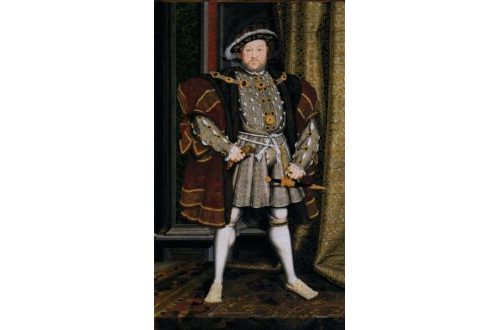A brief history of divorce
The latest data from the Office for National Statistics (ONS) suggests that the number of couples divorcing is falling, possibly because of increased cohabitation and the impact of Covid in temporarily closing some of the courts. In 2020, there were 103,592 divorces in England and Wales 4% fewer than in 2019. Whether this decline is a long-term trend remains to be seen, but meanwhile where did it all begin?
Henry VIII
Still one of the most famous divorces ever, Henry VIII’s divorce of Catherine of Aragon, led to the country’s break with Rome and the formation of the Church of England. This allowed Henry to claim that his marriage to Catherine was null and void and left him free to marry Anne Boleyn. They officially separated in 1531 and Henry asked his own Archbishop of Canterbury, Thomas Cranmer to annul the marriage, which he did in 1533, five months after Henry’s marriage to Anne.
Despite this, ordinary people were not free to divorce their partners, as it went against the traditions of the Church. Consequently, divorce remained a complicated and lengthy process. It could only be initiated by the man in a marriage, was extremely expensive and had to be granted by Parliament.
The 1857 Matrimonial Act
During the Victorian era, the 1857 Matrimonial Act was passed allowing ordinary people to divorce more easily. The law allowed women to seek a divorce but only if they could prove their husband’s adultery, along with additional issues, such as domestic abuse.
The 1937 Matrimonial Causes Act
In 1937, the divorce law was amended to extend the grounds for divorce to now include desertion for over three years. Having said that, divorce remained a costly and daunting process.
1969 Divorce Reform Act
In 1969, divorce became more accessible with the Divorce Reform Act, which allowed divorce on the basis of separation if a marriage had irretrievably broken down, without having to prove adultery or cruelty.
Interestingly, ONS figures show that divorces increased by 12% as a result, rising from 45,794 in 1968 to 51,310 in 1969. Within three years of the Act, the number of divorces had more than doubled, rising to 119,025 by 1972.
The year with the highest ever number of UK divorces was 1993, when over 165,000 marriages ended through divorce. This figure is thought to reflect the impact of the announcement that Prince Charles and Princess Diana were separating.
The Divorce, Dissolution and Separation Act 2020 – No Fault Divorce
The Divorce, Dissolution and Separation Act 2022 came into force on 6th April 2022 and is designed to reduce the conflict between separating and divorcing couples. Commonly known as No Fault Divorce, the Act allows a couple to divorce without needing to prove any blame or cite any reasons for the breakdown of the marriage. It also allows couples to end their marriage jointly.
